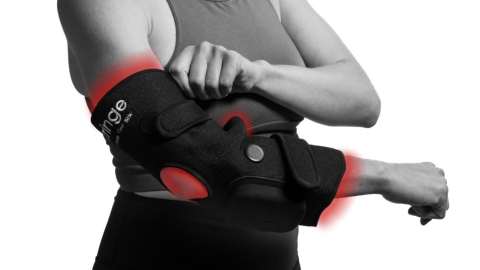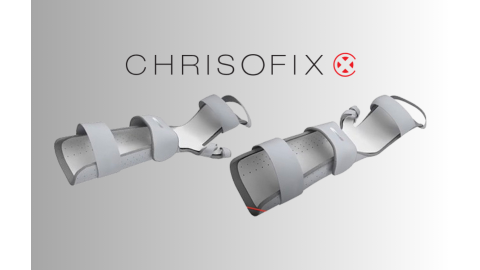Our hands are our tools for life — we work, create, communicate, and care using them. So, when injury, pain, or dysfunction affects our hands or upper limbs, it can have a serious impact on daily life. This is where hand therapy comes in — a specialized form of rehabilitation that focuses on improving strength, mobility, and function in the hands, wrists, elbows, and shoulders.
Whether you’re recovering from surgery, managing chronic conditions like arthritis, or healing after a traumatic injury, hand therapy can play a vital role in your recovery journey.
What Is Hand Therapy?
Hand therapy is a branch of rehabilitation performed by a Certified Hand Therapist (CHT) — an occupational or physical therapist with advanced training in treating conditions of the upper extremity. It takes 3 years minimum of hands-on (no pun intended) clinical experience or 4000 hours in direct practice to be able to sit the hand therapy certification examination. Upon passing, the hand therapist is now a lifelong learner who continually trains to improve their skill for the betterment of those they serve. Hand therapists use but are not limited to a combination of physical agent modalities, manual therapy, exercise, splinting, and education to restore function and reduce pain.
It’s not just for athletes or post-surgery patients. Anyone experiencing hand and upper extremity related discomfort, stiffness, or loss of movement can benefit from this highly targeted therapy.
6 Key Benefits of Hand Therapy
1. Restores Function and Mobility
After injury, surgery, or even prolonged overuse, joints and tendons in the hands can become stiff and painful. Hand therapy helps restore range of motion, improve dexterity, and rebuild strength thus helping patients return to their normal activities, whether it’s buttoning a shirt or playing an instrument.
2. Reduces Pain and Swelling
Therapists use techniques like manual therapy, edema control, and modalities (such as ultrasound or electrical stimulation) to reduce inflammation and manage pain. This not only speeds up recovery but also prevents chronic pain patterns from developing.
3. Customized Splinting and Bracing
One of the unique aspects of hand therapy is the use of custom-made splints and braces. These are tailored to the individual’s needs — to protect healing tissues, correct deformities, or support weak joints. Proper splinting can make a significant difference in both healing and comfort.
4. Prevents the Need for Surgery
In some cases, hand therapy can eliminate the need for surgery by addressing the root causes of dysfunction early. For issues like tendonitis, carpal tunnel syndrome, or arthritis, conservative treatment through therapy can reduce symptoms and restore function without invasive procedures.
5. Speeds Up Post-Surgical Recovery
When surgery is necessary, hand therapy becomes a critical part of the rehabilitation process. A hand therapist will help ensure that the surgical repair heals correctly, swelling is managed, pain is controlled, prevent scar tissue from limiting movement, and guides the individual safely through the phases of recovery.
6. Improves Quality of Life
Loss of hand function can feel overwhelming — it affects work, hobbies, and even self-care. Through education, adaptive techniques, and therapeutic exercises, hand therapy empowers patients to regain independence and confidence in daily life.
Common Conditions Treated by Hand Therapists
- Carpal tunnel syndrome
- Tendon injuries and repairs
- Fractures of the hand, wrist, or forearm
- Arthritis (osteoarthritis and rheumatoid arthritis)
- Trigger finger
- Nerve injuries
- Repetitive strain injuries
- Post-operative rehabilitation
- Crushing injuries
- Shoulder pain
Common Treatment Equipment Utilized by Hand Therapists
Final Thoughts
Hand therapy is more than physical healing — it’s about restoring your ability to live and work fully. Whether you’re typing at a desk, painting a canvas, or simply holding your grandchild’s hand, a skilled hand therapist can help you get back to doing what you love.
If you’re facing challenges with your hands or upper limbs, don’t wait. Reach out to a certified hand therapist and take the first step toward recovery, reclaiming your life, one movement at a time.
Medical Disclaimer: The information provided on this site, including text, graphics, images, and other material are for informational purposes only and are not intended to substitute for professional medical advice, diagnosis, or treatment. Always seek the advice of your physician or other healthcare professional with any questions or concerns you may have regarding your condition.








 France
France Australia
Australia






